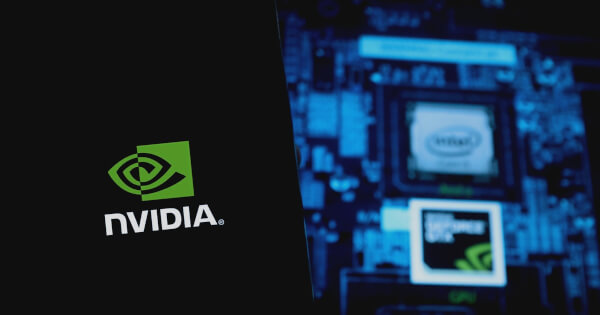NVIDIA’s AI Physics Revolutionizes Aerospace and Automotive Design

Iris Coleman
Oct 29, 2025 13:37
NVIDIA’s AI-powered PhysicsNeMo framework accelerates aerospace and automotive design by up to 500x, transforming engineering processes and enabling groundbreaking innovations.
NVIDIA is making significant strides in the aerospace and automotive industries with its AI-powered PhysicsNeMo framework, which accelerates engineering design processes by up to 500 times. This breakthrough is facilitated through the NVIDIA DoMINO NIM microservice, part of the broader NVIDIA PhysicsNeMo AI physics framework, according to NVIDIA’s blog.
Accelerating Engineering with AI Physics
By integrating GPU-accelerated computing and interactive digital twin technologies, enterprises can significantly speed up their modeling and simulation workflows. NVIDIA PhysicsNeMo allows users to simulate complex physical systems such as automobiles and airplanes in near real-time, leading to faster market entry and innovation.
The AI framework enhances simulation speed and accuracy, enabling solutions providers to explore designs at unprecedented scales. For instance, simulation software provider Ansys, part of Synopsys, utilizes NVIDIA PhysicsNeMo to achieve up to 500x improvements in computational engineering. This is achieved by combining GPU acceleration with AI physics for enhanced performance and accuracy.
Transforming Aerospace Design
In the aerospace sector, companies like Northrop Grumman and Luminary Cloud are leveraging NVIDIA’s GPU-accelerated workflows to optimize advanced aircraft and automotive systems. Northrop Grumman, for instance, uses Luminary’s high-speed, NVIDIA CUDA-X-accelerated computational fluid dynamics solver to design spacecraft thrusters. This has enabled rapid exploration of thousands of design options, significantly enhancing development efficiency.
Similarly, Blue Origin is employing NVIDIA PhysicsNeMo and advanced AI modeling to design next-generation space vehicles. The framework allows for the rapid exploration of potential design candidates, which can then be validated with high-fidelity solvers.
Building on Computational Engineering Breakthroughs
NVIDIA’s advancements in AI physics are furthering its contributions to computational engineering by enhancing simulation capabilities with GPU acceleration. Cadence, another industry player, is utilizing NVIDIA CUDA-X libraries in its Cadence Fidelity computational fluid dynamics platform to push real-time simulation in aerospace. This enables the rapid creation of large-scale AI training datasets, facilitating the interactive exploration and optimization of designs.
These developments not only shorten design cycles but also optimize system efficiency, emissions management, and reliability for next-generation energy systems. As NVIDIA continues to innovate, its AI physics framework is set to play a crucial role in transforming engineering processes across various industries.
Image source: Shutterstock










